The Vinho Verde Route (literally, “green wine”) in the far northwest of Portugal leads us through a landscape that is also green, divided into small plots which occupy the whole Minho region and extend south to the river Vouga.
Vinho Verde is unique worldwide, and is an excellent reason to explore the region. Its name is possibly related to the predominant colour of the region in which it is produced or the acidity that is peculiar to it, as if the grapes were harvested green. However, both the whites and the reds are light wines that are drunk chilled, and go well with fish and seafood, which abound on the coast. The white, the most well-known and best-loved, is a particularly aromatic and refreshing drink, enjoyed as an aperitif, with salads, snacks or as a simple break on a hot day.
The vineyards, which are mainly concentrated along the rivers, are influenced by the Atlantic ocean and, in search of the sun, the vines entwine along the trees, climb on trellises and border fields punctuated by typical granaries. They are divided into nine sub-regions (from north to south): Monção and Melgaço; Lima; Basto; Cávado; Ave; Amarante; Baião; Sousa and Paiva.
The Vinho Verde Route (literally, “green wine”) in the far northwest of Portugal leads us through a landscape that is also green, divided into small plots which occupy the whole Minho region and extend south to the river Vouga.
Vinho Verde is unique worldwide, and is an excellent reason to explore the region. Its name is possibly related to the predominant colour of the region in which it is produced or the acidity that is peculiar to it, as if the grapes were harvested green. However, both the whites and the reds are light wines that are drunk chilled, and go well with fish and seafood, which abound on the coast. The white, the most well-known and best-loved, is a particularly aromatic and refreshing drink, enjoyed as an aperitif, with salads, snacks or as a simple break on a hot day.
The vineyards, which are mainly concentrated along the rivers, are influenced by the Atlantic ocean and, in search of the sun, the vines entwine along the trees, climb on trellises and border fields punctuated by typical granaries. They are divided into nine sub-regions (from north to south): Monção and Melgaço; Lima; Basto; Cávado; Ave; Amarante; Baião; Sousa and Paiva.
The sub-region of Monção and Melgaço, alongside the river Minho, is the birthplace of the reputed Alvarinho variety, which has a route of its own. In addition to these places, you can also visit the charming towns of Valença, Vila Nova de Cerveira and Caminha. As in almost all the towns along the Route, the cool riverside areas contrast with the granite of the many manor houses and monuments that are typical of northern Portugal. Like in Viana do Castelo (formerly Viana da Foz do Lima), Arcos de Valdevez, Ponte da Barca and Ponte de Lima owe their name to the rivers that run through them. Barcelos, on the banks of the Cávado, and Amarante, on the Tâmega, are also cities worth visiting, full of history and tradition. But don’t miss the most important historic cities of the region: Braga and Guimarães.
Braga, where the cathedral stands out amongst the many churches in the oldest diocese in the country, can be your gateway to the Peneda-Gerês National Park, where the villages of Castro Laboreiro and Soajo mark the boundary of the Vinho Verde region. In Soajo, don’t miss the old group of stone granaries, where cereal is still stored today; Guimarães, whose historic centre is a World Heritage Site, retains its castle and the mediaeval design of a town known as the birthplace of the Portuguese nation. Along the rivers Sousa, Douro and Tâmega you will also find the rustic, unadorned heritage of the Romanesque Route.
Finally, you mustn’t leave without a visit to the most iconic quintas in the region, as famous for their manor houses as the quality of their wines. This is a great region for tourism in Manor Houses, with a great concentration of grand residences where you can settle in and benefit from northern Portugal’s fine and genuine hospitality.
On the topic of vinhos verdes, you mustn’t forget an ally that gives it pride of place: the local cuisine. Start with caldo verde (cabbage soup), continue with river trout or some excellent fish from the coast, an arroz de cabidela (chicken rice cooked in blood), rojões (braised pork chunks), sarrabulho (pork rice cooked in pig blood) or one of many Minho-style cod dishes, and end with a sweet noodle or Abade de Priscos crème caramel for dessert. And before or after make a toast with sparkling vinho verde of great quality which, being relatively recent, has won many loyal devotees all over the world.
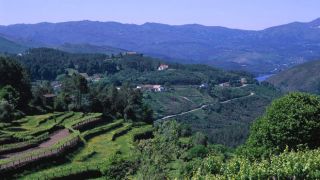








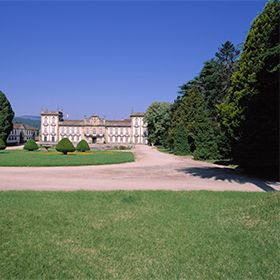

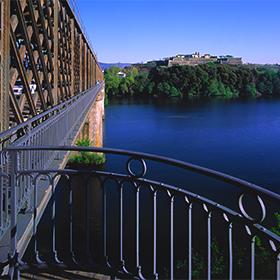
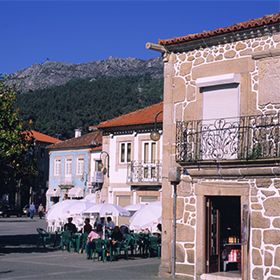
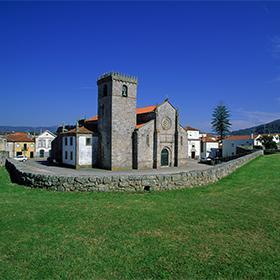
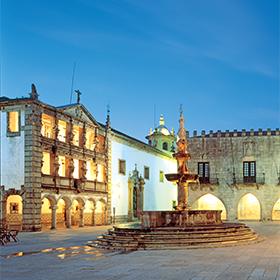

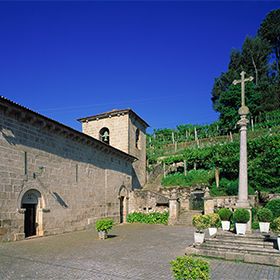
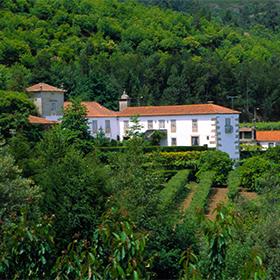
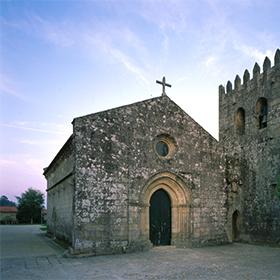
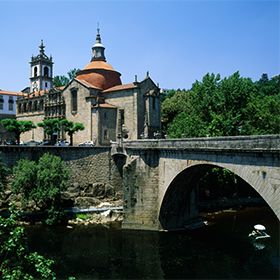
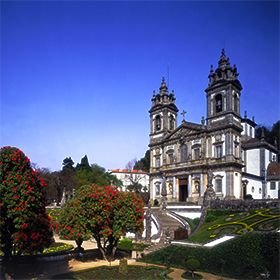
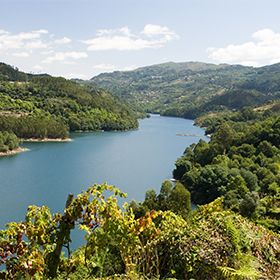
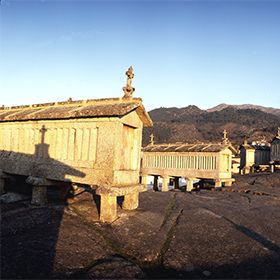

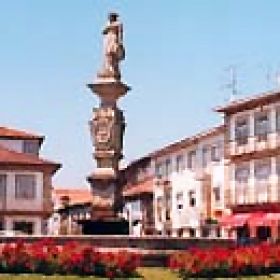
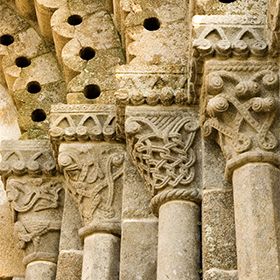


 Explore
Explore 
 Remember and Share
Remember and Share 


